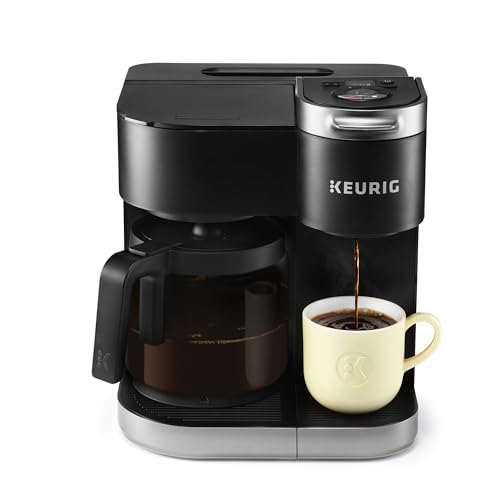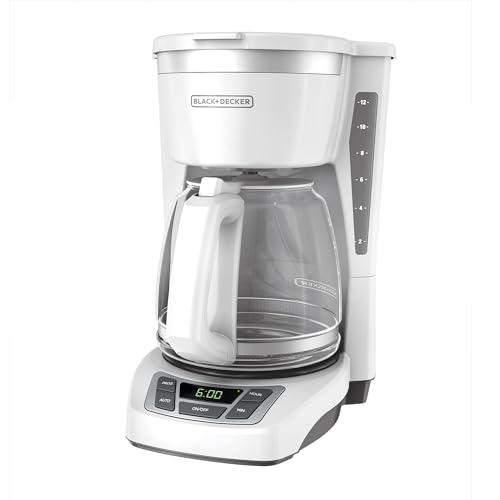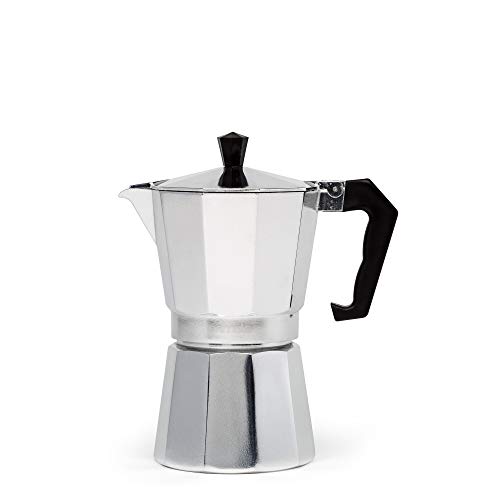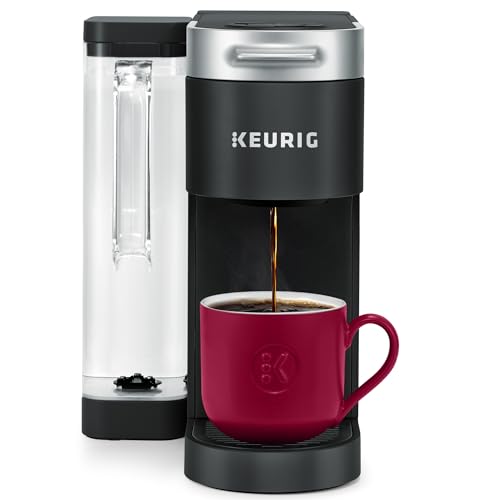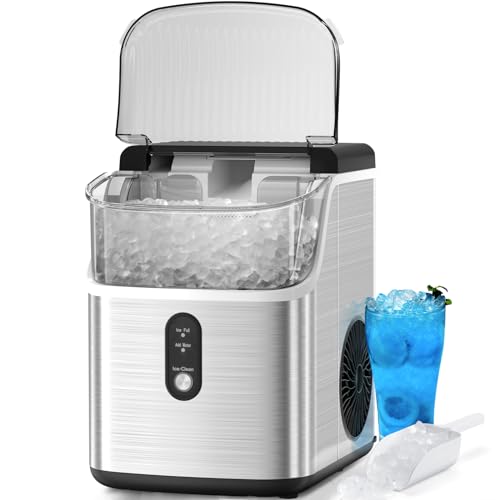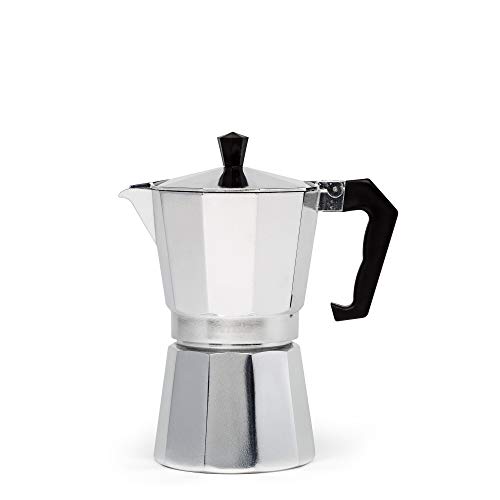“How Many Calories A Glass Of Wine?” – this popular question often arises in the minds of wine enthusiasts, particularly those who are health-conscious or are on a calorie-counting regimen. Wine is not just a beverage; for many, it is an integral part of meals, socializing, and relaxation.
But while we enjoy its exquisite flavors and the warm buzz that follows, it’s just as important to consider its caloric content. Like any other food or drink, wine also contributes to our daily calorie intake, and understanding this can help us make informed decisions about consumption.
In the following sections, we will dive into the specifics, exploring the factors that affect the calorie count in wine, the difference in calories between various types of wine, and some useful tips for those who wish to enjoy their wine while also staying mindful of their health and wellness. This way, you can savor your favorite glass of wine without any lingering doubts.
How Many Calories a Glass of Wine?
On average, a standard 5-ounce glass of wine contains approximately 100 to 130 calories. This estimate, of course, can vary depending on the type and amount of wine you’re drinking. In general, the higher the alcohol content, the higher the number of calories.
White wines, for example, contain slightly fewer calories than red wines. A 5-ounce glass of white wine, such as Chardonnay or Sauvignon Blanc, typically packs around 100 to 120 calories. The same serving of red wine, like Cabernet Sauvignon or Merlot, can range anywhere from 120 to 130 calories.
Then, there are dessert wines, usually consumed in smaller portions due to their intense sweetness and higher alcohol content. A 3.5-ounce serving of dessert wine can contain anywhere between 150 to 170 calories, making it the highest calorie choice among the types of wine.
Sparkling wines, like Prosecco and Champagne, are often thought to be calorific because of their association with celebration and indulgence. However, a 5-ounce glass of these bubblies contains approximately 90 to 105 calories, making them a lower-calorie option compared to their still counterparts.
In conclusion, the number of calories in a glass of wine can vary considerably, largely depending on the type of wine, the serving size, and the alcohol content. It’s good to keep this information in mind, allowing you to enjoy your favorite wines while also staying aware of your dietary needs.
See more: How Many Glasses Are in a Bottle of Wine?
Tips for Cutting Down on the Amount of Calories in Wine
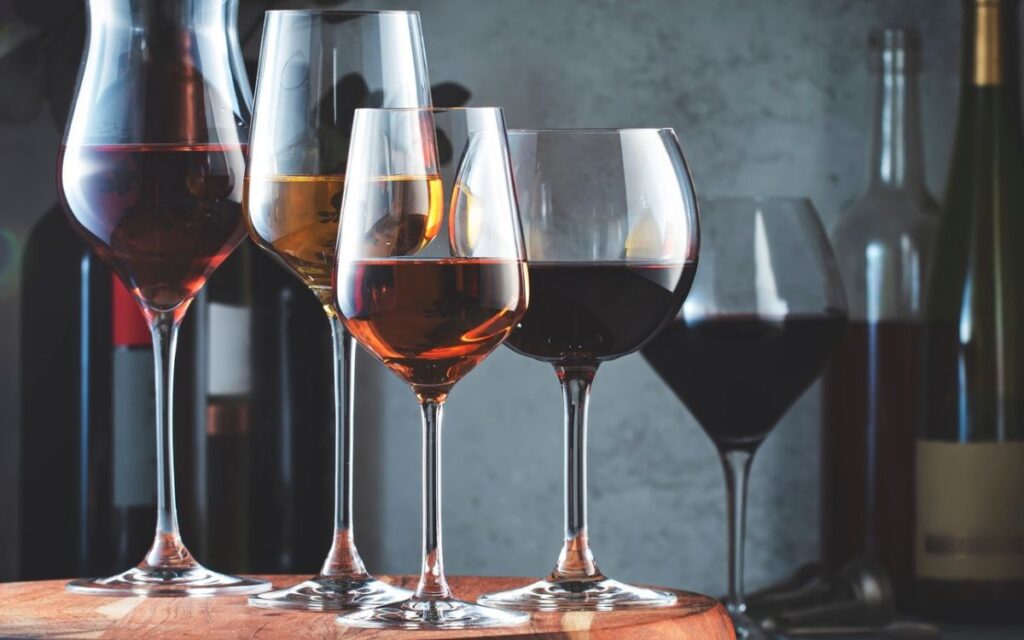
Here are some useful strategies for those who enjoy wine but want to keep their calorie intake in check. These tips can help you make smart choices without compromising on the pleasure of sipping your favorite vino. Read on to learn how you can enjoy the nuanced flavors of wine and maintain a balanced diet.
Opt for Lighter Varieties
One of the simplest ways to cut down on the calories in wine is by choosing lighter varieties. Wines with lower alcohol content typically have fewer calories. For instance, a light, dry white or rose wine usually has less calorie content than a full-bodied red or a sweet dessert wine.
Control the Portion
Portion control is another effective strategy. Instead of filling up your glass, try to stick to the standard serving size, which is typically 5 ounces. This not only reduces your calorie intake but also allows you to savor your drink over a longer period.
Mind the Frequency
Limiting the frequency of your wine consumption also helps in cutting down the calories. While it’s enjoyable to have a glass of wine every night, doing so adds up to the weekly calorie count significantly. Try to reserve wine for special meals or weekends.
Opt for Drier Wines
If you’re a fan of sweet wines, you might want to consider switching to drier options. Sweet wines contain more residual sugar, which, in turn, increases the calorie count. You might find that drier wines, once acclimatized to, offer a rich array of flavors without the additional calories.
Try Wine Spritzers
Finally, you might want to consider wine spritzers as a lower-calorie alternative. A wine spritzer involves mixing wine with sparkling water, effectively diluting the wine and reducing its calorie content. This method can be a refreshing and light choice for warm summer afternoons.
In conclusion, mindful choices and habits can help you enjoy your wine while keeping your calorie consumption in check. Remember, it’s all about balance and knowing what works best for your body and your palate.
FAQs About Calories in Wine
Wine and calorie-consciousness can certainly go hand in hand. Here are some frequently asked questions about wine’s calorie content, providing deeper insights into how we can enjoy our favorite wines without compromising our health and wellness goals.
Does the type of grape influence the calorie content in wine?
Yes, the type of grape used in making the wine can affect its calorie content. This is mainly due to the varying sugar content found in different grape varieties. Grapes with high sugar content tend to produce wines with higher alcohol levels and therefore higher calories.
For example, a high-alcohol grape variety like Zinfandel can result in a wine that has up to 15% alcohol by volume, and consequently, more calories than a lower-alcohol grape variety like Gamay Beaujolais, which typically has around 10-11% alcohol by volume.
Does the winemaking process impact the number of calories in a glass of wine?
The winemaking process does indeed influence the calorie count in a glass of wine. The two primary factors that contribute most significantly to a wine’s calorie content are its alcohol percentage and its residual sugar content.
Wines that undergo complete fermentation, where all the grape sugar is converted into alcohol, will be drier and usually lower in calories. In contrast, wines that are stopped earlier in the fermentation process will retain some residual sugar, making them sweeter and higher in calories.
Can wine be part of a low-calorie diet?
Wine can be enjoyed as part of a low-calorie diet, provided that it’s consumed in moderation and you’re mindful of the type and amount of wine you’re consuming. Lighter wines with lower alcohol content, like certain white or dry rosé wines, often have fewer calories than full-bodied reds or sweet dessert wines.
Also, sticking to the standard serving size of 5 ounces and limiting the frequency of wine consumption can help in maintaining your calorie goals.
Are there zero-calorie wines?
While there are no zero-calorie wines as such, some wines are marketed as ‘low-calorie’ or ‘light’ wines. These wines are usually lower in alcohol and sugar content, which helps to reduce their calorie count.
However, it’s important to remember that even low-calorie wines still contribute to your daily calorie intake, and like any other wines, should be consumed in a responsible and moderate manner.
Final Thought
Keeping track of your calorie intake doesn’t mean you have to sacrifice all of life’s little pleasures, such as enjoying a glass of wine. Wine, when consumed in moderation, can be a part of a balanced diet. However, it’s crucial to be conscious of the variations in calorie content between different types and portions of wine.
The type of wine you choose can significantly impact the number of calories you consume. Opting for lighter varieties or drier wines can help keep your calorie intake in check. Also, controlling the portion size and frequency of your wine consumption can make a difference.
Experimenting with wine spritzers can also be a less calorific alternative to traditional wine servings. These spritzers are a blend of wine and sparkling water, reducing the wine’s calorie content and providing a refreshing taste. Plus, they can be a great choice for hot summer days.
Being calorie-conscious doesn’t necessarily mean cutting out wine altogether. Instead, it’s about finding a balance and making choices that suit both your taste preferences and your health objectives. Remember, the key is moderation and mindful consumption.
To wrap it up, understanding how many calories a glass of wine contains can help you make informed decisions about your wine consumption. This knowledge allows you to enjoy your favorite wines while also maintaining a balanced and health-conscious diet.
